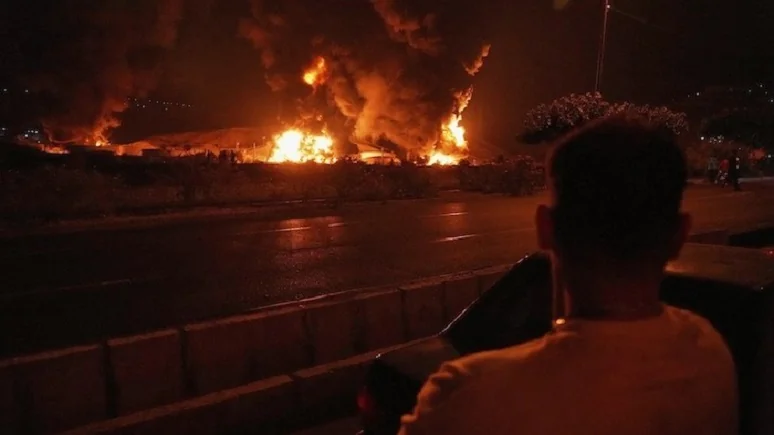


[Want even more content from FPM? Sign up for FPM+ to unlock exclusive series, virtual town-halls with our authors, and more—now for just $3.99/month. Click here to sign up.]
Israel has three goals in its war with Iran: first, to destroy both Iran’s ability to enrich uranium to weapons-grade level and its current stock of enriched uranium; second, to destroy as many of its current stock of 3,000 ballistic missiles as the Israelis can, and to destroy Iran’s ballistic missile plants; third, to so weaken the regime that a groundswell of fury at what the Supreme Leader has done to Iran, investing trillions of now-wasted dollars on a nuclear program, while his country’s economy craters, and by constantly threatening to destroy Israel has brought great destruction to his country.
The latest news about Israel’s campaign to diminish the number of Iran’s ballistic missiles and of its ballistic missile launchers can be found here: “Israel destroyed a third of Iran’s ballistic missile launchers, IDF says,” by Yonah Jeremy Bob, Jerusalem Post, June 16, 2025:
Iran has about 3,000 ballistic missiles, and it is using them up a rate of at least a hundred a day. 85-90% of those missiles are successfully intercepted, and for another 5-10% there is no attempt at interception, because their trajectory shows they will land harmlessly in open fields. Many of those 3,000 ballistic missiles are being destroyed in warehouses on the ground in Iran every day by Israeli airstrikes; it has proven impossible to hide their locations from Israeli intelligence. And of those missiles that survive intact, many will likely never be used, because Israel has destroyed so many of Iran’s ballistic missile launchers — so far 120 out of what had been a total of 360.
Each launcher could have fired dozens of missiles over the course of the current war.
The Islamic Republic was only able to fire around half of the missiles it had intended to fire overnight, said Defrin….
Iran has now lost the ability to produce more ballistic missiles, with the destruction by the IDF of its ballistic missile factories. Its daily volley of ballistic missiles has done little damage; in three days of war, only 16 Israelis have been killed. No strictly military targets have been hit, though the Weizmann Institute of Science suffered minor damage in one building.
Israel has complete control of the skies over Iran. Most of the attempts by Tehran to move either ballistic missiles by truck to launchers, or to move the launchers themselves into position, are being detected by Israeli intelligence, and they are then immediately struck by fighter jets firing missiles. And the Iranians realize with helpless dismay that 90% of the ballistic missiles they do manage to launch are either intercepted by Iron Dome defenses, or fall in fields where they cause no damage.
At current rates of using up its ballistic missiles stocks — estimated to consist at most of nightly barrages of 100 (with fewer than ten of those avoiding interception) — Iran has enough of a supply to last for 30 days. Of course, there is the remote possibility that the Iranians may have built underground a ballistic missile factory that the Israelis have not yet located and destroyed. But absent that, Iran will within a few weeks give new meaning to that phrase about ending “not with a bang, but a whimper.”
